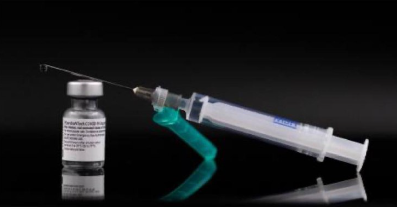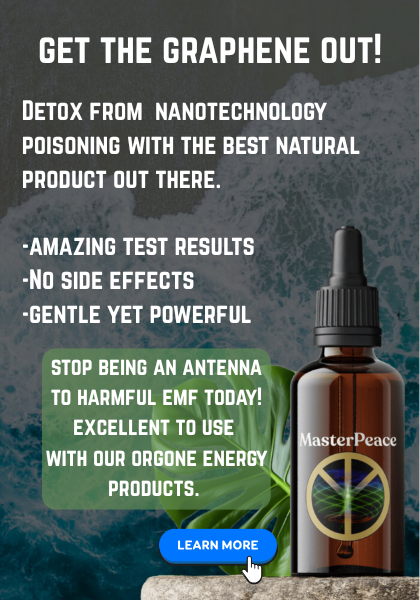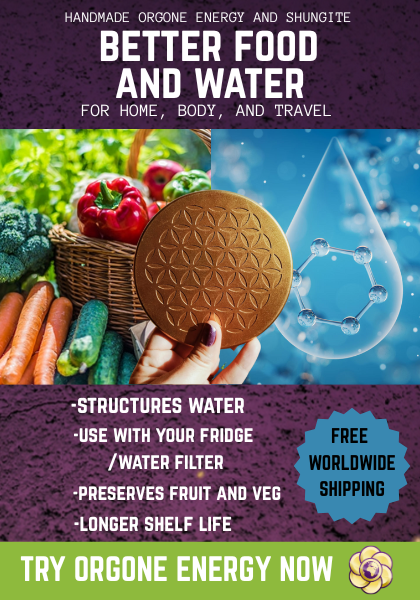“Read this with an enquiring mind and take note: I make zero point zero zero claims here,” Dr. Jessica Rose began an article exploring graphene oxide.
The components discussed in her article are graphene oxide (“GO”), polyethylene glycol (“PEG”) and polyethylenimine (“PEI”). She highlights two scientific papers where these components were conjugated – where one component is united or joined with another. For example, graphene oxide-polyethylenimine (“GO-PEI”) is where graphene oxide (“GO”) is joined with polyethylenimine (“PEI”).
Dr. Rose’s article is a little technical, but we have done our best to summarise it below. HERE, you can read her full article ‘Graphene oxide conjugated to PEG and PEI as an antigen delivery system’.
Graphene oxide for antigen delivery system
Referring to a 2016 paper published in the journal Nanoscale by researchers in China, Dr. Rose highlighted the role of graphene oxide as an antigen delivery system. An antigen is any substance that causes your immune system to produce antibodies against it.
The researchers’ primary goal was to find out if their adjuvant antigen delivery system, graphene oxide-polyethylene glycol-polyethylenimine (“GO-PEG-PEI”), would be functional regarding specific immune stimulation, and/or less toxic than aluminium-based adjuvants. An adjuvant is a substance added to medicines or drugs to increase their efficacy or potency.
The study results showed that a PEG-PEI coated graphene oxide sheet was really good at transporting antigens to dendritic cells to induce their maturation and activation when this concoction was injected intradermally. Dendritic cells, named for their probing, ‘tree-like’ or dendritic shapes, are responsible for the initiation of adaptive immune responses.
Graphene oxide for transfection
ThermoFisher Scientific describes transfection as the process of artificially introducing nucleic acids – DNA or RNA – into cells, utilising means other than viral infection.
A paper published in Nanoscale 2011 titled ‘Graphene based gene transfection’ showed that graphene oxide (“GO”) bound with cationic polymers, polyethyleneimine (“PEI”) and positively charged GO-PEI complexes are able to bind with plasmid DNA (pDNA) for intracellular transfection. A plasmid is a small circular DNA molecule found in bacteria and some other microscopic organisms. The abstract of the paper reads:
In this work, for the first time we successfully use graphene as a non-toxic nano-vehicle for efficient gene transfection … Our results suggest graphene to be a novel gene delivery nano-vector with low cytotoxicity and high transfection efficiency, promising for future applications in non-viral based gene therapy.
However, the researchers found the GO-PEI complex was highly toxic to cells even at low concentrations.
In another article, Dr. Rose explained the effects of the lipid nanoparticles (“LNPs”) in Pfizer and Moderna covid injections. The LNPs are a composite of four different lipids (fats): cationic lipids, PEG, phospholipids and cholesterol. “Cationic lipids themselves are terribly toxic,” she wrote.
More about graphene oxide
You can’t have graphene without Carbon. Graphene oxide is the oxidised form of graphene, in other words, graphene is combined with oxygen.

Graphene comprises pure carbon atoms structured in 2-dimensional one atom-thick sheets. Graphene is highly conductive, both electrically and thermally, and very strong, but making it is challenging. That’s why graphene oxide is more readily used in materials science etc. because it is easier to manufacture.
Graphene oxide is used in a variety of applications such as energy storage, supercapacitors, membranes, biosensors and, of course, biomedical applications such as drug delivery systems. It has antibacterial properties and can be used synergistically with metals such as gold or silver to enhance antimicrobial properties and effects.
Graphene oxide can be re-structured – in other words, layered – based on developed self-assembly techniques in turn based on things like evaporation. See ‘Self-Assembly of Graphene Oxide at Interfaces’, Advanced Materials, 23 May 2014.
This technology is poised and ready. It was poised and ready years ago, Dr. Rose wrote. “So, I would almost think that it would be obvious that someone, somewhere, would have taken the next step to introduce this technology as the delivery system of say, mRNA?” She added:
“Since GO is easily conjugated to PEG – was it? Is the so-called lipid nanoparticle not a lipid nanoparticle at all? Is it more akin to a lipid-conjugated nanosheet infused with some kind of antigenic payload?”
No graphene in covid injections?
The video below talks about graphene oxide and what would happen if we injected it into us. Why does this video exist? Try to ignore how badly the narrator butchers the names of the various institutes, Dr. Rose noted. They claim in this video that there’s no GO in the current covid injections. Why would they do that?
Source Link: https://expose-news.com/2023/01/06/graphene-for-delivering-antigens-and-gene-therapy/
Bitchute: https://www.bitchute.com/channel/YBM3rvf5ydDM/
Telegram: https://t.me/Hopegirl587
EMF Protection Products: www.ftwproject.com
QEG Clean Energy Academy: www.cleanenergyacademy.com
Forbidden Tech Book: www.forbiddentech.website













